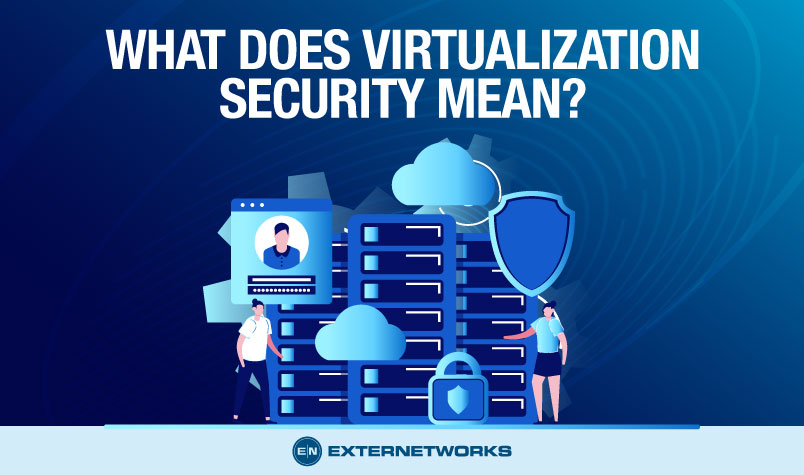28.4k views
Virtualization security has become a very important part of our lives. From cloud computing to virtual desktops, virtualization has changed how we live and work. It allows us to run multiple operating systems simultaneously without having to install them on each computer.

The term security virtualization refers to protecting data centers from malicious attacks. A virtualized environment allows for increased flexibility and scalability. There are many types of virtualization technologies, some designed to provide better performance and be more secure.
Security of virtualization services provides a layer of protection in networked computing environments. A user may inadvertently send a file over a network connection to another device by creating a partition or isolated environment. The other device could view the file if the file contains confidential information.
Virtualization technology allows users to run multiple operating systems simultaneously on one machine. This type of software creates a virtual version of each operating system so that all of them appear as if they were running on a single machine. In addition to providing security, virtualization reduces the amount of space required to store data.
There are several benefits to implementing security virtualization in an enterprise environment.
There are several disadvantages to security virtualization.
A virtualization security solution (VSS) is a product that protects against threats posed by virtual environments. VSS works by monitoring activity on a host computer and detecting suspicious behavior. They then take action to prevent damage caused by an attack. There are two main categories of VSS: intrusion prevention systems and firewalls. Both products help reduce the risk of unauthorized access to data.
An IPS monitors network traffic and alerts administrators whenever something appears out of place. It can detect attempts to compromise a network and stop hackers before they gain access to sensitive information. An IPS can be used to identify and eliminate viruses, worms, spyware, and other malware. It can also be configured to block inappropriate content such as pornography.
A firewall protects networks from outside intruders. It blocks incoming requests from unknown sources while allowing authorized ones through. It can also control which applications can connect to a specific port.
In conclusion, security virtualization is a viable solution that offers many advantages and few drawbacks. It should be considered part of your overall IT strategy for protecting your organization’s most valuable assets.
